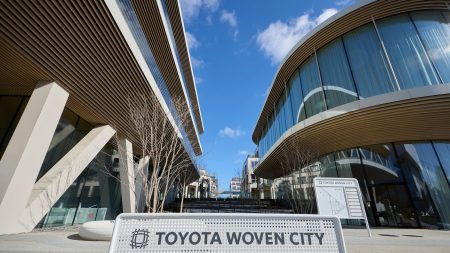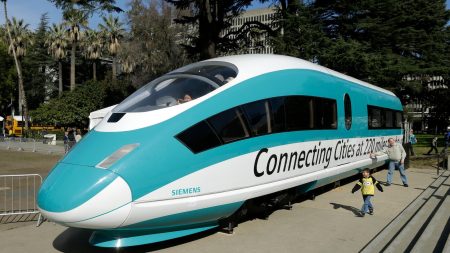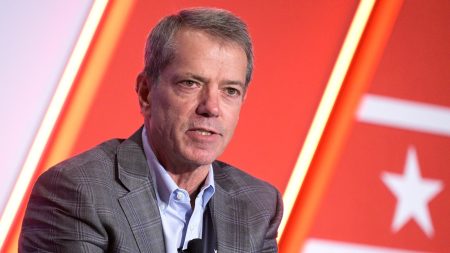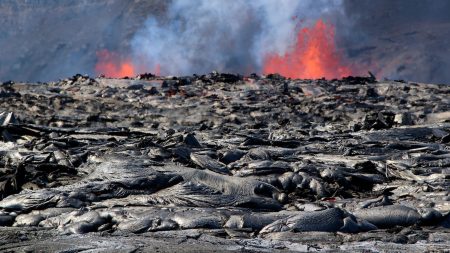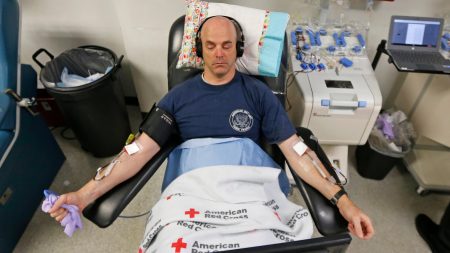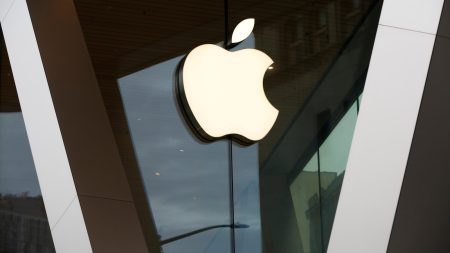The Passing of a NASA Legend: William Ray Lucas
William Ray Lucas, a pivotal figure in NASA’s history, passed away at the ripe age of 102. His demise marks the end of an era, as he was the director of the Marshall Space Flight Center during the tragic 1986 Challenger explosion. This event was not only a turning point in Lucas’s career but also a significant moment in U.S. space exploration history. His death on a Monday at his Huntsville, Alabama, home, as announced by Laughlin Service Funeral Home,ÜRjии електронڪي دکان تعییں meno sodigitală,poignantly coincides with the approach of his 103rd birthday, highlighting the enduring legacy he leaves behind.
The Challenger Disaster: A Tragic Turning Point
The Challenger disaster on January 28, 1986, just 73 seconds after launch, was a devastating blow to the nation. The explosion claimed the lives of seven crew members, including Christa McAuliffe, a schoolteacher who was to be the first civilian in space. Thousands of schoolchildren witnessed the tragedy, making it a deeply emotional event. The solid-fuel booster rockets were identified as the primary cause, with criticism aimed at NASA’s management for overlooking safety concerns. Lucas, standing by the launch decision, faced intense scrutiny, though he later resigned before the official report’s release, underscoring the profound impact of this tragedy on his career and NASA’s trajectory.
Early Life and Education: Laying the Groundwork for Greatness
Lucas’s journey began in rural Tennessee, where he was born and raised, showing early signs of academic prowess. Graduating as valedictorian in 1939, he went on to earn a Bachelor of Science from Memphis State College. His educational pursuits continued with a doctorate in metallurgy from Vanderbilt University, establishing a strong foundation for his future in aerospace. His dedication to learning and leadership laid the groundwork for a career marked by innovation and resilience.
A Visionary Career in Aerospace: From Army to NASA Leadership
Starting in the Army’s Redstone Arsenal, Lucas’s career in aerospace was a climb through the ranks, driven by his expertise and vision. A charter member of the Marshall Space Flight Center since its inception in 1960, he ascended to director in 1974. His leadership was instrumental in pivotal projects, showcasing his ability to steer complex initiatives and inspire his team, qualities that defined his tenure and left a lasting impact on NASA’s achievements.
The Fallout and Resilience: Facing Criticism with Dignity
Despite the backlash from the Challenger disaster, Lucas remained steadfast in his defense of the launch decision. His resilience in the face of criticism exemplified his character. Resigning days before the commission’s report, Lucas’s departure was marked by dignity, reflecting his commitment to NASA’s mission and values. This period, while challenging, highlighted his ability to navigate adversity with grace, a testament to his strength and dedication.
A Legacy of Innovation and Perseverance
Lucas’s legacy endures as a blend of innovation, perseverance, and leadership. His contributions to NASA’s successes and his role in shaping the Marshall Space Flight Center are indelible. While the Challenger tragedy overshadowed his career, his earlier achievements and steadfastness in difficult times define his impact. Lucas’s story is one of human spirit and dedication, inspiring future generations in aerospace and beyond. His passing is mourned, but his contributions remain a vital part of history, guiding continued exploration and innovation.






